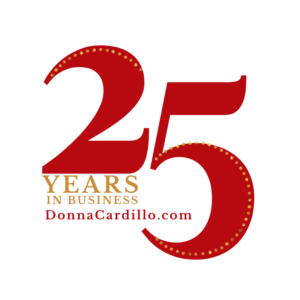Although many people use the terms “resume” and “CV” (curriculum vitae) interchangeably, they’re actually two different types of documents, each with its own distinct focus. Knowing the right format and use for each will save time and trouble (not to mention worry) with your future job pursuits.
A resume is the 1-2 page career summary that most of us are familiar with. It summarizes work experience, accomplishments, education and other pertinent topics such as professional associations and special skills. The resume is what is most universally used and expected by prospective employers.
A curriculum vitae, or CV, on the other hand, is a longer, more comprehensive document. It’s usually multiple pages long and gets into much more detail, including a listing of publications, presentations, research projects, academic work, teaching experience, and so forth. A CV is generally used in PhD-driven environments, such as academia and higher level research. It attests to expertise and authority.
Does that mean that if you’ve had articles published or done some speaking or teaching that you should use a CV rather than a resume? Not necessarily. The format you use is determined more by the type of job you’re applying for than your credentials.
Not only doesn’t the average nurse need a CV, but it can be a hindrance in a normal job search. Even if you have had some articles published and made some formal presentations, you can still summarize them under headings such as Selected Presentations or Selected Publications. Then just list those that are most recent, significant, and relevant. Keep in mind that the purpose of a resume is to summarize your accomplishments, not to be a laundry list of everything you ever did.
There are even two different styles of CV, the American and the International. Which style you use would depend on where the company you’re applying to is located. The International version includes personal information, such as marital and health status, which would be inappropriate on an American-style CV.
It doesn’t hurt to keep a CV-style listing for yourself to keep track of every presentation, article, and so forth if applicable, but you certainly don’t want to provide that much detail in your resume. Remember, less is more today, when you’re talking about resumes. If people want more detail, they can always review your portfolio, if you have one, or ask for more details, which you could provide under separate cover.
Remember that many people use the terms “CV” and “resume” interchangeably. So the next time someone asks you for a CV, don’t assume she wants the long, expanded version. Unless you’re applying for a teaching position with a university or a high-level PhD type research position, an all-purpose resume is usually all you’ll need.
For more information about resumes and CVs check out: The ULTIMATE Career Guide for Nurses – Practical Strategies for Thriving at Every Stage of Your Career


